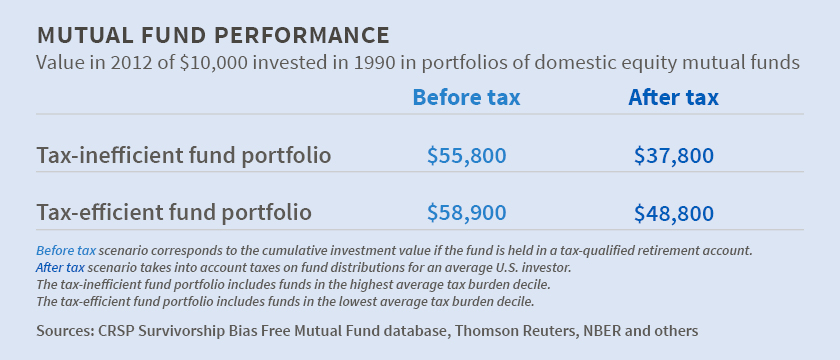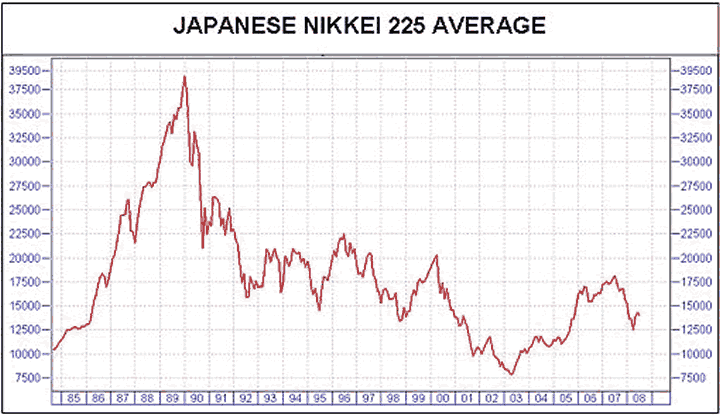My Engineer Buddy Is Now Crowing ... But, We Both Have Smiles. I am posting below my investment sleeve management system for readers that might not be familiar with it along with my current funds held as of 07/31/2015.
Sleeve Management System (07/31/2015)
Here is a brief description of my sleeve system which I organized to help better manage the investments that were held in five accounts. The accounts consist of a taxable account, a self directed ira account, a 401k account, a profit sharing account and a health savings account plus two bank accounts. With this I came up with four investment areas. They are a cash area which consist of two sleeves … an investment cash sleeve and a demand cash sleeve. The next area is the income area which consists of two sleeves. … a fixed income sleeve and a hybrid income sleeve. Then there is the growth & income area which has more risk associated with it than the income area and it consist of four sleeves … a global equity sleeve, a global hybrid sleeve, a domestic equity sleeve and a domestic hybrid sleeve. An finally there is the growth area, where the most risk in the portfolio is found and it consist of four sleeves … a global sleeve, a large/mid cap sleeve, a small/mid cap sleeve and a specialty sleeve. Each sleeve consists of three to six funds (in most cases) with the size and the weight of each sleeve can easily be adjusted, from time-to-time, by adjusting the number of funds and the amounts held. By using the sleeve system one can get a better picture of their overall investment picture and weightings by sleeve and area. In addition, I have found it beneficial to xray each fund, each sleeve, each investment area, and the portfolio as a whole monthly. Again, weightings can be adjusted form time-to-time as to how I might be reading the markets and wish to weight accordingly. All funds pay their distributions to the cash area of the portfolio with the exception being those in my 401k, profit sharing, and health savings accounts where reinvestment occurs. With the other accounts paying to the cash area builds the cash area of the portfolio to meet the portfolio’s monthly cash disbursement with the residual being left for new investment opportunity. In addition, most all buy/sell trades settle from or to the cash area with some nav exchanges taking place.
Here is how I have my asset allocation broken out in percent ranges, by area. My neutral targets are cash 15%, income 30%, growth & income 35%, and growth 20%. I do an Instant Xray analysis of the portfolio monthly and make asset weighting adjustments as I feel warranted based upon my assessment of the market, my risk tolerance, cash needs, etc.
Cash Area (Weighting Range 5% to 25%)
Demand Cash Sleeve… (Cash Distribution Accrual & Future Investment Accrual)
Investment Cash Sleeve … (Savings & Time Deposits)
Income Area (Weighting Range 20% to 40%)
Fixed Income Sleeve: GIFAX, LALDX, THIFX, LBNDX, NEFZX & TSIAX
Hybrid Income Sleeve: AZNAX, CAPAX, FKINX, ISFAX, PASAX & PGBAX
Growth & Income Area (Weighting Range 25% to 45%)
Global Equity Sleeve: CWGIX, DEQAX, EADIX & PGUAX
Global Hybrid Sleeve: CAIBX, IGPAX & TIBAX
Domestic Equity Sleeve: ANCFX, CFLGX, FDSAX, INUTX, NBHAX, SPQAX & SVAAX
Domestic Hybrid Sleeve: ABALX, AMECX, DDIAX, FRINX, HWIAX & LABFX
Growth Area (Weighting Range 10% to 30%)
Global Sleeve: AJVAX, ANWPX, NEWFX, PGROX, THOAX & THDAX
Large/Mid Cap Sleeve: AGTHX, BWLAX, HWAAX, IACLX, SPECX & VADAX
Small/Mid Cap Sleeve: IIVAX, PCVAX & PMDAX
Specialty Sleeve: CCMAX, LPEFX & TOLLX
I wish all ... "Good Investing."
Old_Skeet
My Engineer Buddy Is Now Crowing ... But, We Both Have Smiles. Hi @ MikeM,
I know you are looking at top line performance which would consists of both income and capital appreciation (total return) as a major factor to pick your choices.
One of the things that is paramount for me is income generation with now being retired. I have chosen to pick funds that have respectful total returns but kick off a good income stream if held within my income and hybrid sleeves and I moved toward these type funds many years ago after I had reached my investment goal. Even today, I still maintain a growth & income area along with a growth area within my portfolio to keep pace or exceed inflation creep.
I have listed the yield for the funds you have made reference to. They are PRWCX with a yield of 1.23%, FBALX with a yield of 1.39%, FPACX with a yield of 0.60%, OAKBX with a yield of 0.78%, VWELX with a yield of 2.42% and MAPOX with a yield 2.42%.
The yield on my overall portfolio is much, much higher and according to M* is about 3.2% on valuation and better than 4% on amount invested. The income and hybrid sleeves generate a yield of about 4.25%. With this, my portfolio can make its distribution needs to supplement my income requirements without having to sell any securities. When you consider the profit that has been made from my spiffs from time-to-time I have a surplus of income generation. Then factor in the capital gains distributions made time-to-time form my mutual funds and with this I am well head of my income needs and can either grow my cash position and/or reinvest into my funds with the excess income generated.
Although top line performance is important it was not the only item I was looking for in selecting the funds that I currently hold as I was also looking for their ability to generate yield.
Thanks again for your participation and comments.
Old_Skeet
Michael Hasenstab's Funds Had invested monies with Hasenstab; but sold this holding 3 years ago. Sold all of LSBDX in January. Although LSBDX has had some equity inclusion.
More to do with this investment area (global bonds) in general and not favoring one manager over another manager.
Edit note: I incorrectly noted a 20% equity position in the past with LSBDX.
@msf has corrected this with his below report. Thank you, msf.
Fidelity via M* composition for LSBDX dated 5-31-15
Michael Hasenstab's Funds If Fuss, Ivascyn, Gundlach, Rivelle and gals...Gaffney are doing better than Hasenstab at this time why not take some or all of his fund money and move it into one of the better performers. You are losing the value of time compounding by this misplaced loyalty.
prinx
Because not everyone wants to chase performance and/or do so very frequently and/or at the first whiff of not meeting their benchmark? A
1.75YTD loss compared to others in the same category that are down 3, 4, 6 or more percent is not a concern to me, and suggests either a) luck or b) manager being careful.
Michael Hasenstab's Funds Sell low, buy high?
What time frame are you thinking about when talking about performance "at this time"? YTD? 1 year, 1 month?
If some of these other managers are doing even worse at this time, would staying with them also be misplaced loyalty?
TGBAX is down 1.75% YTD. LSBDX (Fuss) is down 3.62%. His protege is doing even worse - down 6.04% at EVBIX. (Data from M*, as of Aug 7th.)
It seems to me that loyalty is not misplaced if long term managers have demonstrated superior performance and discipline over time, and circumstances have not changed. Are these managers doing worse than would be expected for their various fund categories?
If not, then we're not talking about disliking the manager, but disliking categories. So perhaps we should be discussing asset allocation, not manager performance.
My Engineer Buddy Is Now Crowing ... But, We Both Have Smiles. Don't understand an avoid on fixed rate corp. preferred. No recession in view.
This appears just below the chart image I linked:

He makes a distinction between fixed rate and variable rate with variable rate getting the nod going forward. This makes sense if you believe rates will slowly rise.
NBER: Tax-Efficient Mutual Funds Also Do Better Before Taxes One I use is USBLX which I often try to compare to VTMFX. Two great Conservative Allocation performers... both before, and after the tax man cometh.

Top And Bottom Line Beat Rates By Sector FYI: More than 2,300 companies have reported earnings this season, and below we break down the percentage of stocks by sector that have beaten consensus analyst earnings and revenue estimates. For all stocks that have reported this season, 6
1% have beaten bottom line EPS estimates, while 53% have beaten top line revenue estimates. Four sectors have stronger earnings beat rates than 6
1% — Technology (69%), Consumer Discretionary (65%), Health Care (65%), and Telecom (64%). The Materials sector has by far the weakest beat rate at just 46%, while Utilities, Energy, Financials and Industrials are all under 60%.
Regards,
Ted
https://www.bespokepremium.com/think-big-blog/top-and-bottom-line-beat-rates-by-sector/
NBER: Tax-Efficient Mutual Funds Also Do Better Before Taxes 
Pursuing trading and investment strategies that could limit investment opportunities does not appear to lower average pre-tax returns.
In Tax-Efficient Asset Management: Evidence from Equity Mutual Funds (NBER Working Paper No. 21060), Clemens Sialm and Hanjiang Zhang investigate the performance of U.S. equity mutual funds that are "tax efficient" in the sense of following investment and trading strategies that minimize tax burdens on taxable investors.
The study finds that tax-efficient funds have tended to outperform other funds with respect to both before-tax and after-tax returns.
Source: NBER Digest | Aug 2015 | Jay Fitzgerald | http://www.nber.org/digest/aug15/w21060.html PowerPoint:
http://faculty.mccombs.utexas.edu/Clemens.Sialm/SZ_Seminar.pdfPaper (SSRN Feb 20
14):
http://papers.ssrn.com/sol3/papers.cfm?abstract_id=2368625




